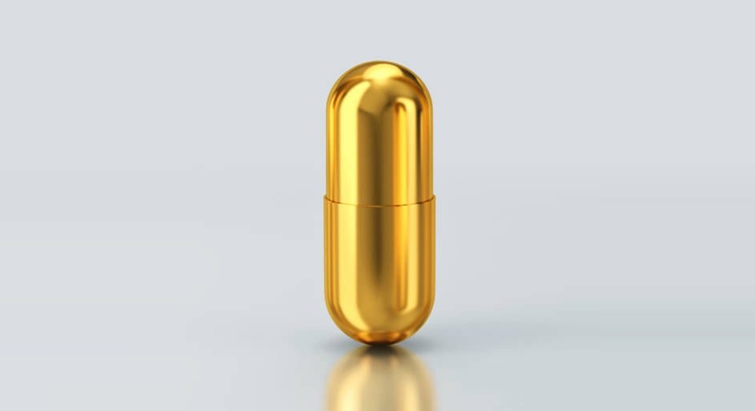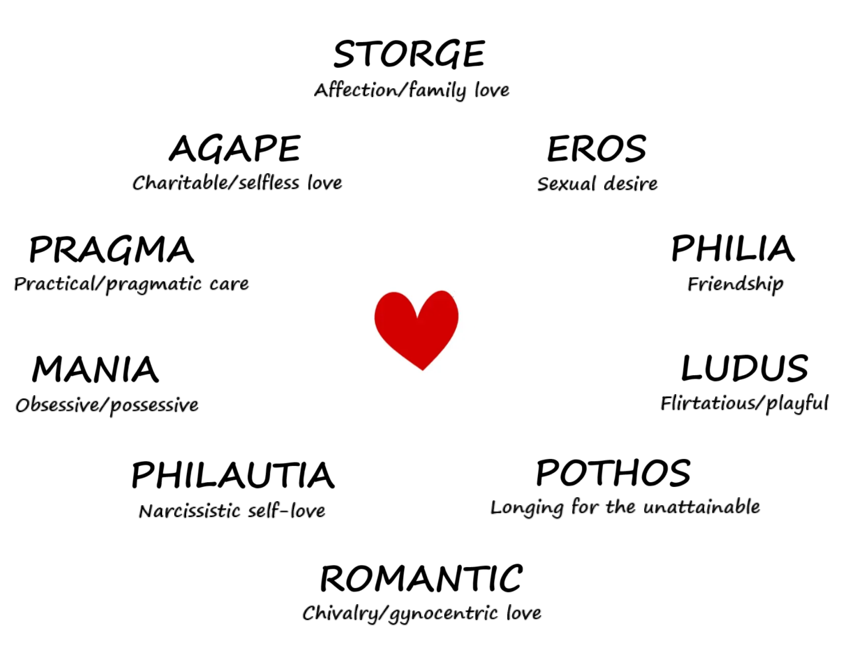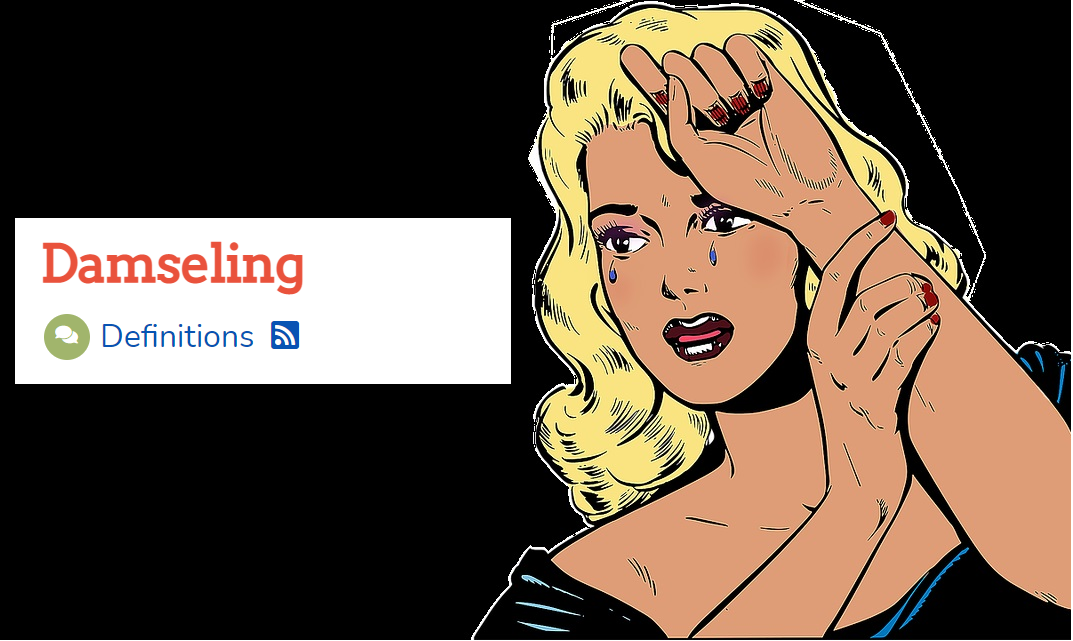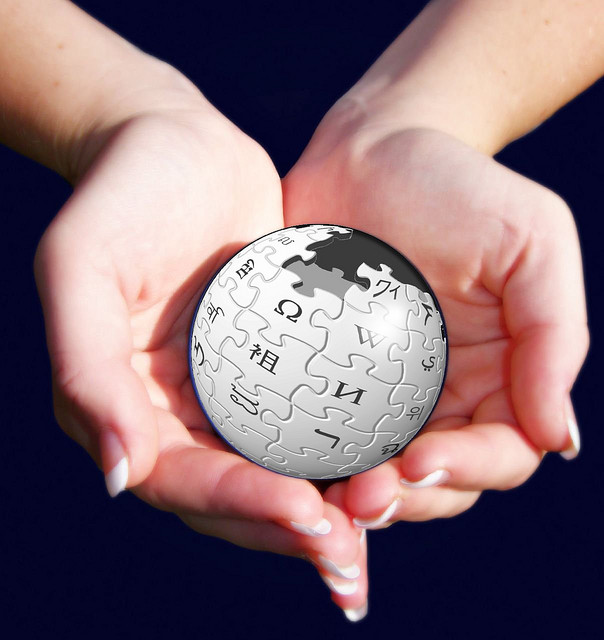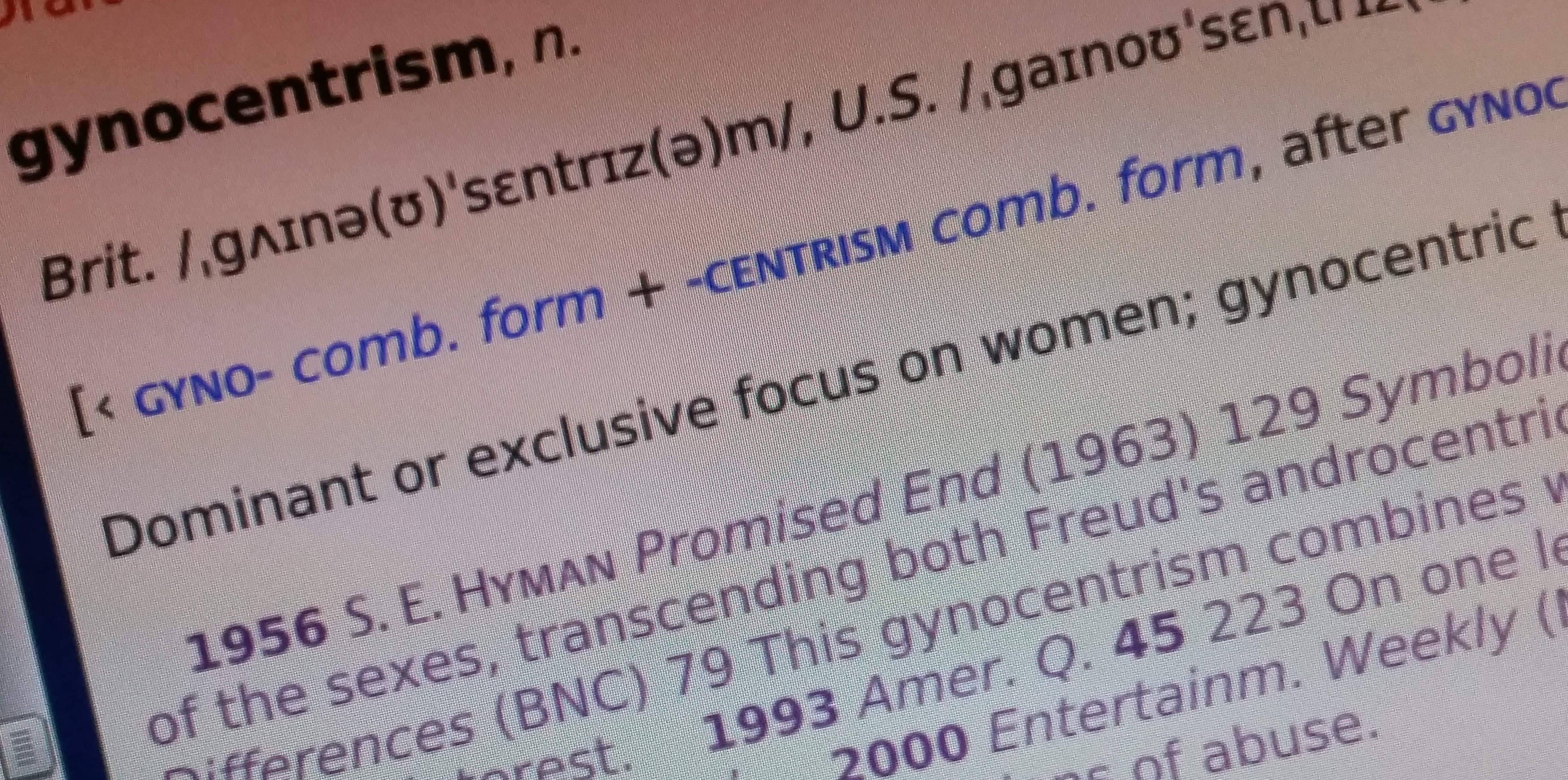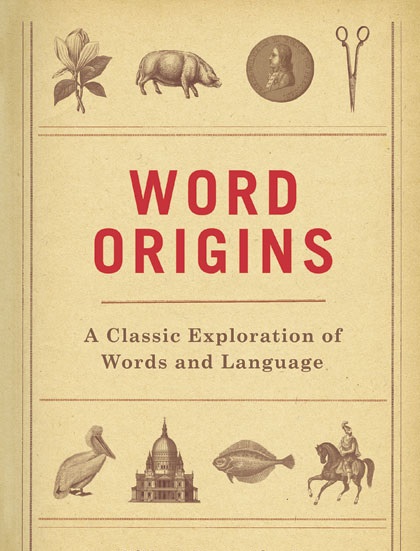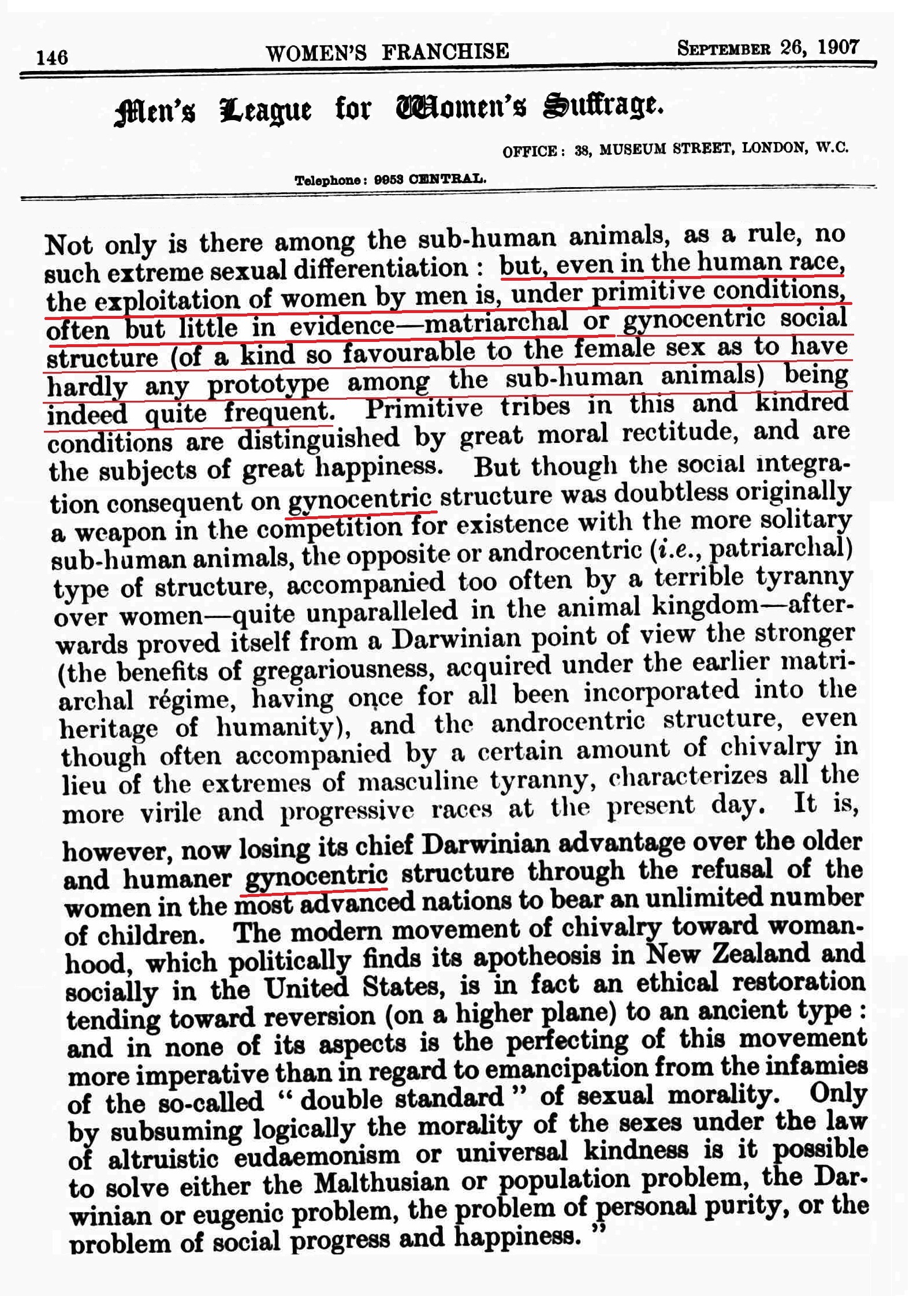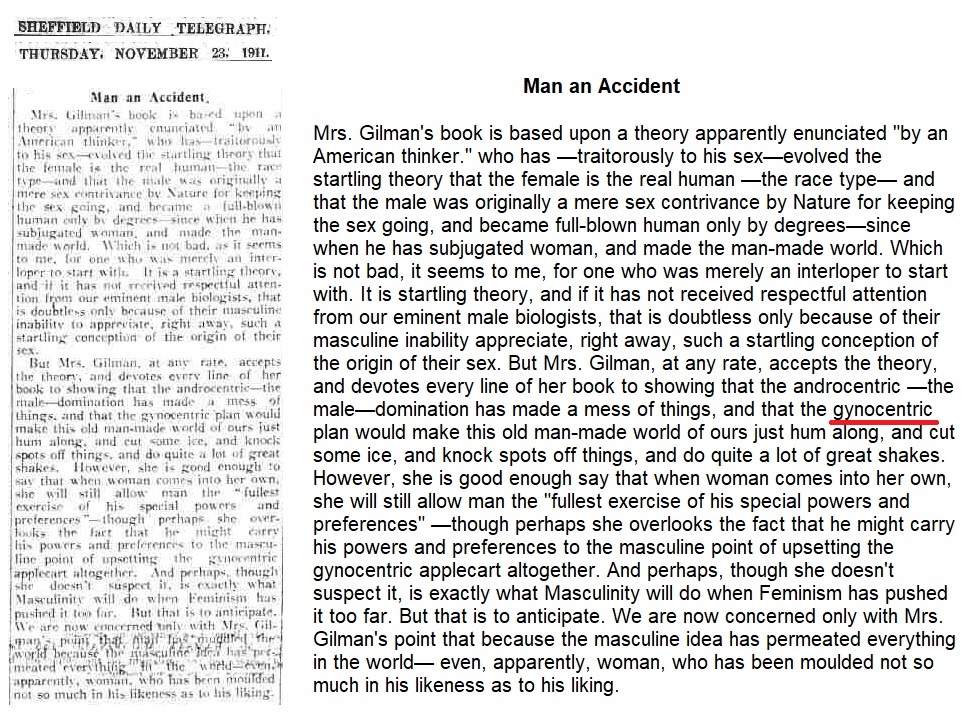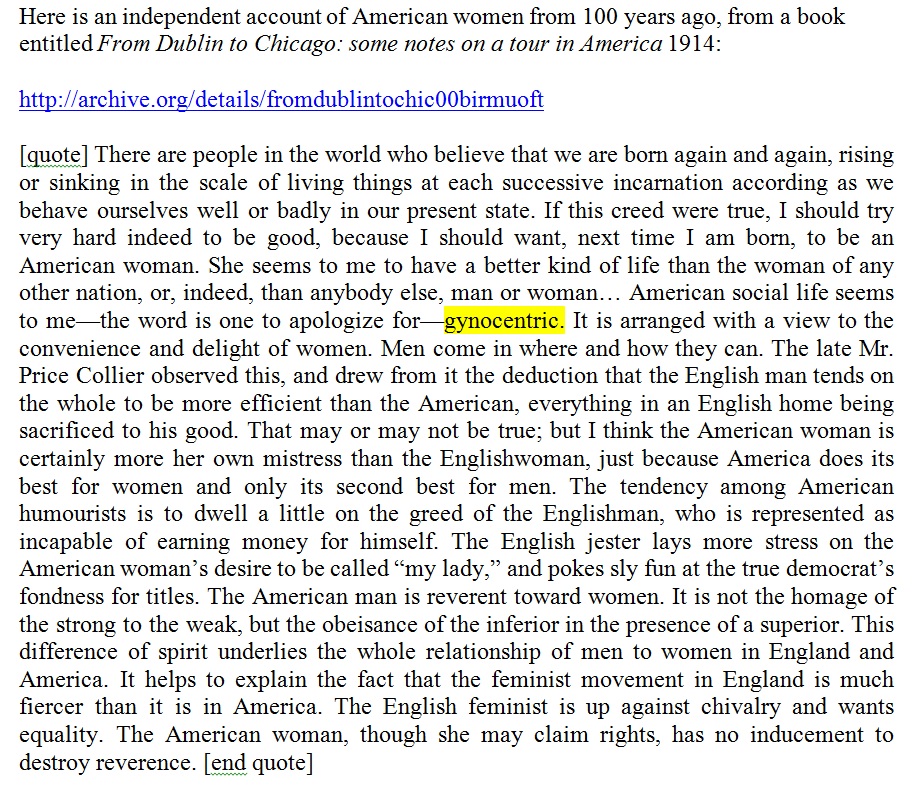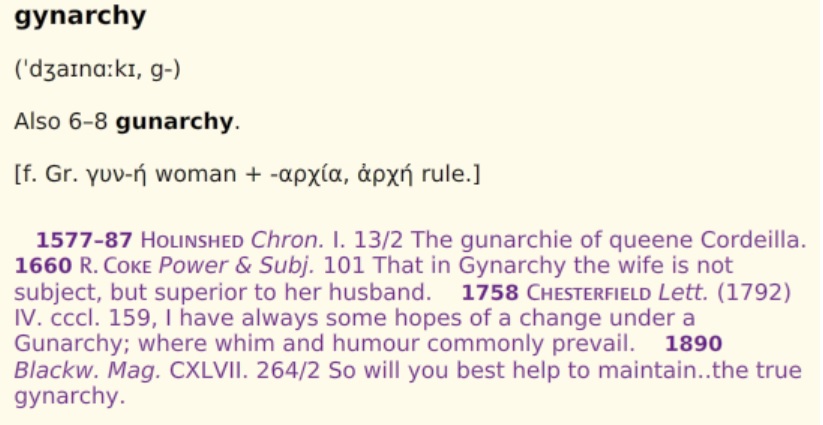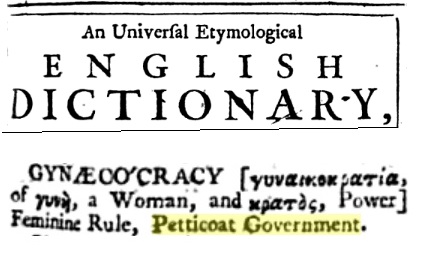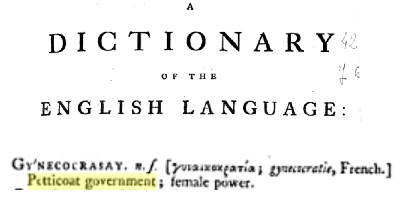Based on conversations about the gold pill, the shortest description of it involves a twofold motive:
1. Men expecting women to come to the relationship table with a material/financial commitment, and
2. Rejection of the unbalanced romantic model that favors passion over pragmatic concerns.
________________________________________________
Footnote 1: According to notable proponent of the gold pill ThisIsShah, the philosophy offers something beyond the typical manosphere talking points which in recent times have become tired and stale. He has excavated lost knowledge of marriage transactions in human history, a topic that has been well documented by anthropologists, especially from the 60’s and 70’s onward, and which includes information about marriage transactions such as the Dowry and Bridewealth (formerly Brideprice).
In The Economics of Dowry and Brideprice by Siwan Anderson we read:
“Most societies, at some point in their history, have been characterized by payments at the time of marriage. Such payments typically go hand-in-hand with marriages arranged by the parents of the respective spouses. These marriage payments come in various forms and sizes but can be classified into two broad categories: transfers from the family of the bride to that of the groom, broadly termed as “dowry,” or from the groom’s side to the bride’s, broadly termed as “brideprice.” Brideprice occurs in two-thirds of societies recorded in Murdock’s (1967) World Ethnographic Atlas of 1167 preindustrial societies. Conversely, dowry occurs in less than 4 percent of this sample. However, in terms of population numbers, dowry has played a more significant role, because the convention of dowry has occurred mainly in Europe and Asia, where more than 70 percent of the world’s population resides.”
Somehow the manosphere has managed to completely miss this information and what it means for relationships in the modern world. However, the trove of information – which includes academic/scholarly papers, newspaper articles, and media from different time periods – more than demonstrate, decisively and precisely, how the marriage market operated with regard to economics and the material concerns of both parties involved, suggesting that commensurate economic contribution toward relationships can happen today even if we do not wish to replicate older models and quaint customs precisely.
Footnote 2: Romantic love is based on a feudal model of men providing love service to women, with women expected to contribute little to a relationship other than natural beauty and innate moral purity. The romantic model is at odds with the traditional idea of women coming to the relationship table with a material contribution, and over time it tends to weaken the expectation of female contribution.
Other forms of love are sometimes conflated with the romantic model, loves that are more compatible with the idea of women contributing; these include loves such as storge (spousal and family affection), eros (sexual desire & pleasure), agape (selfless, charitable love), philia (friendship), and pragma (practical, pragmatic love as symbolized by dowry or other material offerings).
Freedom (Greek eleutheria) is also relevant to the formation of relationships today, as it underpins the freedom to choose a partner. The only freedom of choice in the romantic model, however, is the freedom for a woman to choose a vassal, and the freedom for a man to choose his domina. It’s a very narrow set of choices. Outside the romantic model, freedom of choice allows people to select from a far greater range of love-styles and qualities in a prospective partner.
